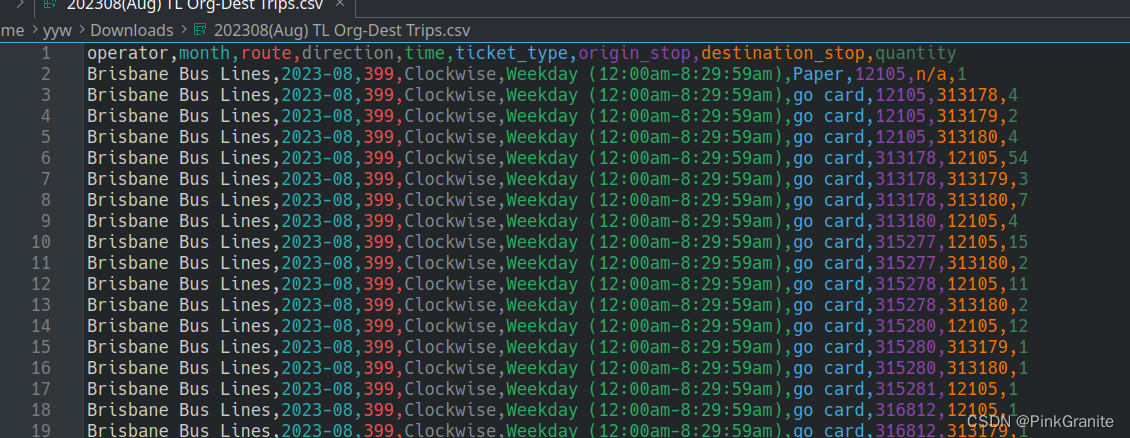线性表是一种基本的数据结构,它在计算机科学中起着至关重要的作用。线性表用于存储一系列具有相同数据类型的元素,这些元素之间存在顺序关系。在C/C++中,我们可以使用各种方式来实现线性表,其中包括顺序表、单链表、循环链表和双向链表。本篇博客将深入探讨这些数据结构的概念,并通过示例代码进行详细分析。

什么是线性表?
线性表是一种抽象数据类型,它表示具有相同数据类型的元素的有序集合。线性表中的元素之间存在明确的线性顺序,通常由一个首元素和一个尾元素界定。线性表的常见操作包括插入、删除、查找和遍历。在C/C++中,线性表可以通过数组或链表来实现。
顺序表(Array)
顺序表是一种使用数组来实现的线性表,其中元素在内存中是连续存储的。这使得顺序表具有O(1)时间复杂度的随机访问特性,但在插入和删除操作时可能需要移动大量元素。顺序表的大小通常是固定的,除非重新分配内存。
顺序表的定义
在C/C++中,顺序表可以定义如下:
#include <stdio.h>
#define MAX_SIZE 100 // 顺序表的最大容量
typedef struct {
int data[MAX_SIZE]; // 数据存储数组
int length; // 当前长度
} SeqList;
顺序表的示例
以下是一个简单的C程序,用于初始化、插入和遍历顺序表:
#include <stdio.h>
#define MAX_SIZE 100
typedef struct {
int data[MAX_SIZE];
int length;
} SeqList;
// 初始化顺序表
void init(SeqList *list) {
list->length = 0;
}
// 在指定位置插入元素
int insert(SeqList *list, int position, int element) {
if (position < 0 || position > list->length || list->length >= MAX_SIZE) {
return 0; // 插入失败
}
for (int i = list->length; i > position; i--) {
list->data[i] = list->data[i - 1];
}
list->data[position] = element;
list->length++;
return 1; // 插入成功
}
// 遍历顺序表
void traverse(SeqList *list) {
for (int i = 0; i < list->length; i++) {
printf("%d ", list->data[i]);
}
printf("\n");
}
int main() {
SeqList list;
init(&list);
insert(&list, 0, 1);
insert(&list, 1, 2);
insert(&list, 2, 3);
traverse(&list);
return 0;
}
这段代码演示了如何初始化顺序表、在指定位置插入元素以及遍历顺序表。输出将是 1 2 3。
单链表(Singly Linked List)
单链表是一种通过节点之间的指针链接来实现的线性表。每个节点包含数据元素和一个指向下一个节点的指针。单链表不要求内存中的节点是连续的,因此插入和删除操作比顺序表更高效。
单链表的定义
在C/C++中,单链表可以定义如下:
#include <stdio.h>
typedef struct Node {
int data; // 数据元素
struct Node *next; // 指向下一个节点的指针
} ListNode;
单链表的示例
以下是一个简单的C程序,用于初始化、插入和遍历单链表:
#include <stdio.h>
#include <stdlib.h>
typedef struct Node {
int data;
struct Node *next;
} ListNode;
// 初始化单链表
ListNode *init() {
return NULL;
}
// 在链表末尾插入元素
ListNode *insert(ListNode *head, int element) {
ListNode *newNode = (ListNode *)malloc(sizeof(ListNode));
if (newNode == NULL) {
perror("Memory allocation failed");
exit(1);
}
newNode->data = element;
newNode->next = NULL;
if (head == NULL) {
return newNode;
}
ListNode *current = head;
while (current->next != NULL) {
current = current->next;
}
current->next = newNode;
return head;
}
// 遍历单链表
void traverse(ListNode *head) {
ListNode *current = head;
while (current != NULL) {
printf("%d ", current->data);
current = current->next;
}
printf("\n");
}
// 释放单链表的内存
void destroy(ListNode *head) {
while (head != NULL) {
ListNode *temp = head;
head = head->next;
free(temp);
}
}
int main() {
ListNode *head = init();
head = insert(head, 1);
head = insert(head, 2);
head = insert(head, 3);
traverse(head);
destroy(head);
return 0;
}
这段代码演示了如何初始化单链表、在链表末尾插入元素以及遍历单链表。输出将是 1 2 3。
循环链表(Circular Linked List)
循环链表是一种单链表的变体,其中最后一个节点的指针指向第一个节点,形成一个循环。循环链表可以用于解决环形问题,如约瑟夫问题(Josephus Problem)。
循环链表的定义
循环链表的定义与单链表类似,唯一不同之处在于最后一个节点的指针指向第一个节点。
#include <stdio.h>
typedef struct Node {
int data;
struct Node *next;
} CircularListNode;
循环链表的示例
以下是一个简单的C程序,用于初始化、插入和遍历循环链表:
#include <stdio.h>
#include <stdlib.h>
typedef struct Node {
int data;
struct Node *next;
} CircularListNode;
// 初始化循环链表
CircularListNode *init() {
return NULL;
}
// 在链表末尾插入元素
CircularListNode *insert(CircularListNode *head, int element) {
CircularListNode *newNode = (CircularListNode *)malloc(sizeof(CircularListNode));
if (newNode == NULL) {
perror("Memory allocation failed");
exit(1);
}
newNode->data = element;
newNode->next = NULL;
if (head == NULL) {
newNode->next = newNode; // 指向自己形成循环
return newNode;
}
CircularListNode *current = head;
while (current->next != head) {
current = current->next;
}
current->next = newNode;
newNode->next = head; // 最后一个节点指向头节点形成循环
return head;
}
// 遍历循环链表
void traverse(CircularListNode *head) {
if (head == NULL) {
return;
}
CircularListNode *current = head;
do {
printf("%d ", current->data);
current = current->next;
} while (current != head);
printf("\n");
}
// 释放循环链表的内存
void destroy(CircularListNode *head) {
if (head == NULL) {
return;
}
CircularListNode *current = head;
CircularListNode *temp;
do {
temp = current;
current = current->next;
free(temp);
} while (current != head);
}
int main() {
CircularListNode *head = init();
head = insert(head, 1);
head = insert(head, 2);
head = insert(head, 3);
traverse(head);
destroy(head);
return 0;
}
这段代码演示了如何初始化循环链表、在链表末尾插入元素以及遍历循环链表。输出将是 1 2 3,并形成循环。
双向链表(Doubly Linked List)
双向链表是一种链表,每个节点包含两个指针,一个指向前一个节点,一个指向后一个节点。这种结构使得在双向链表中可以轻松地进行双向遍历,但相对于单链表,它需要更多的内存空间来存储额外的指针。
双向链表的定义
在C/C++中,双向链表可以定义如下:
#include <stdio.h>
typedef struct Node {
int data;
struct Node *prev; // 指向前一个节点的指针
struct Node *next; // 指向后一个节点的指针
} DoublyListNode;
双向链表的示例
以下是一个简单的C程序,用于初始化、插入和遍历双向链表:
#include <stdio.h>
#include <stdlib.h>
typedef struct Node {
int data;
struct Node *prev;
struct Node *next;
} DoublyListNode;
// 初始化双向链表
DoublyListNode *init() {
return NULL;
}
// 在链表末尾插入元素
DoublyListNode *insert(DoublyListNode *head, int element) {
DoublyListNode *newNode = (DoublyListNode *)malloc(sizeof(DoublyListNode));
if (newNode == NULL) {
perror("Memory allocation failed");
exit(1);
}
newNode->data = element;
newNode->prev = NULL;
newNode->next = NULL;
if (head == NULL) {
return newNode;
}
DoublyListNode *current = head;
while (current->next != NULL) {
current = current->next;
}
newNode->prev = current;
current->next = newNode;
return head;
}
// 遍历双向链表(正向)
void traverseForward(DoublyListNode *head) {
DoublyListNode *current = head;
while (current != NULL) {
printf("%d ", current->data);
current = current->next;
}
printf("\n");
}
// 遍历双向链表(反向)
void traverseBackward(DoublyListNode *head) {
DoublyListNode *current = head;
while (current->next != NULL) {
current = current->next;
}
while (current != NULL) {
printf("%d ", current->data);
current = current->prev;
}
printf("\n");
}
// 释放双向链表的内存
void destroy(DoublyListNode *head) {
DoublyListNode *current = head;
DoublyListNode *temp;
while (current != NULL) {
temp = current;
current = current->next;
free(temp);
}
}
int main() {
DoublyListNode *head = init();
head = insert(head, 1);
head = insert(head, 2);
head = insert(head, 3);
traverseForward(head);
traverseBackward(head);
destroy(head);
return 0;
}
这段代码演示了如何初始化双向链表、在链表末尾插入元素以及正向和反向遍历双向链表。输出将是 1 2 3 和 3 2 1。
了解更多内容获取更多相关资源前往公众号:每日推荐系列
总结
线性表是计算机科学中常见的数据结构,用于存储一系列具有相同数据类型的元素。在C/C++中,我们可以使用不同的数据结构来实现线性表,包括顺序表、单链表、循环链表和双向链表。每种数据结构都有其独特的特点和适用场景,根据具体需求选择合适的数据结构是非常重要的。
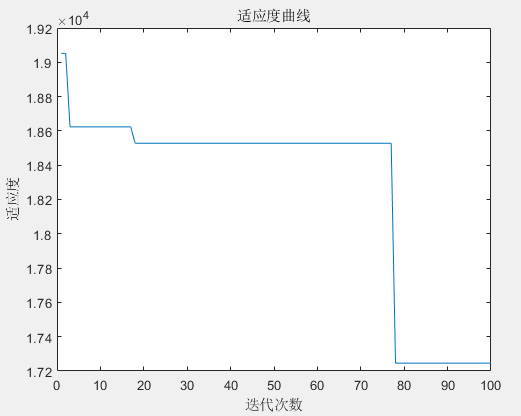


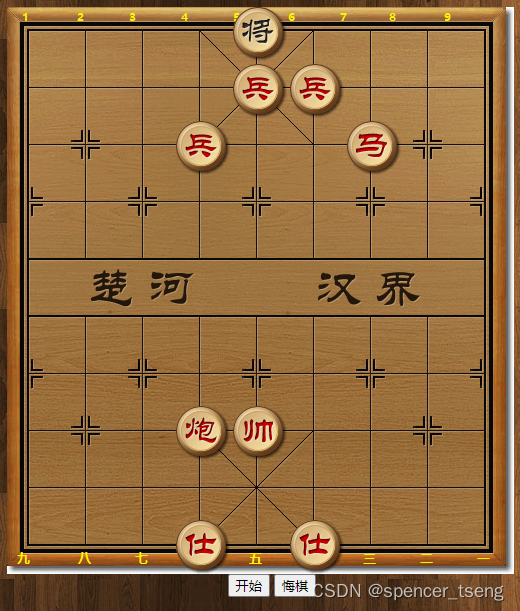



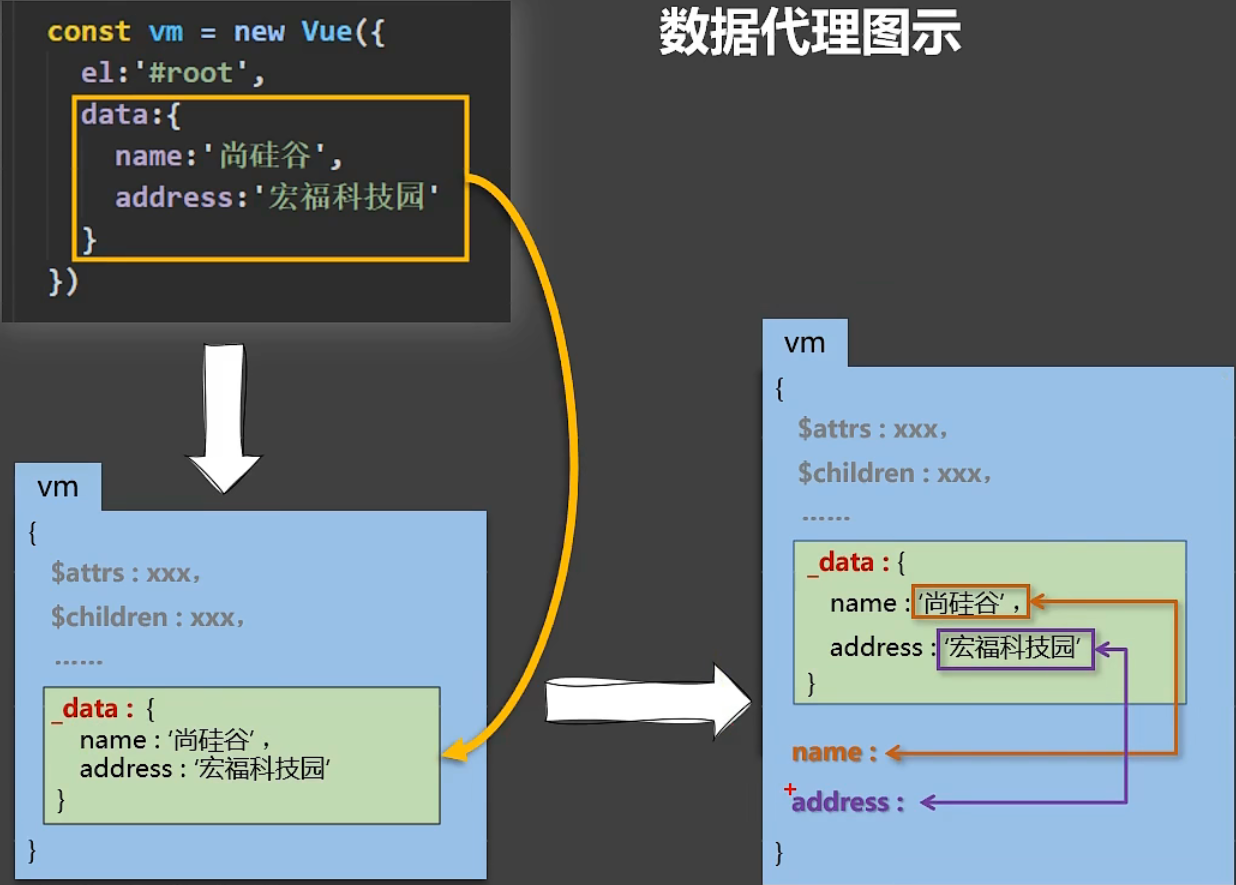


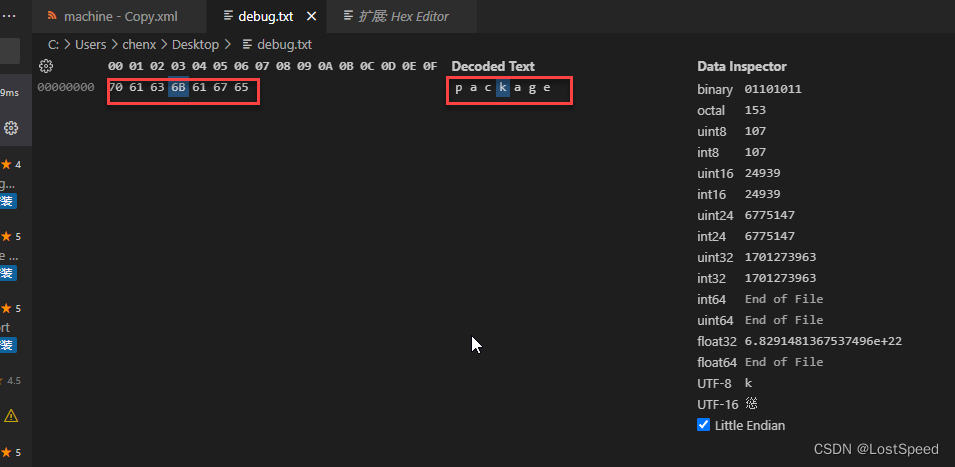



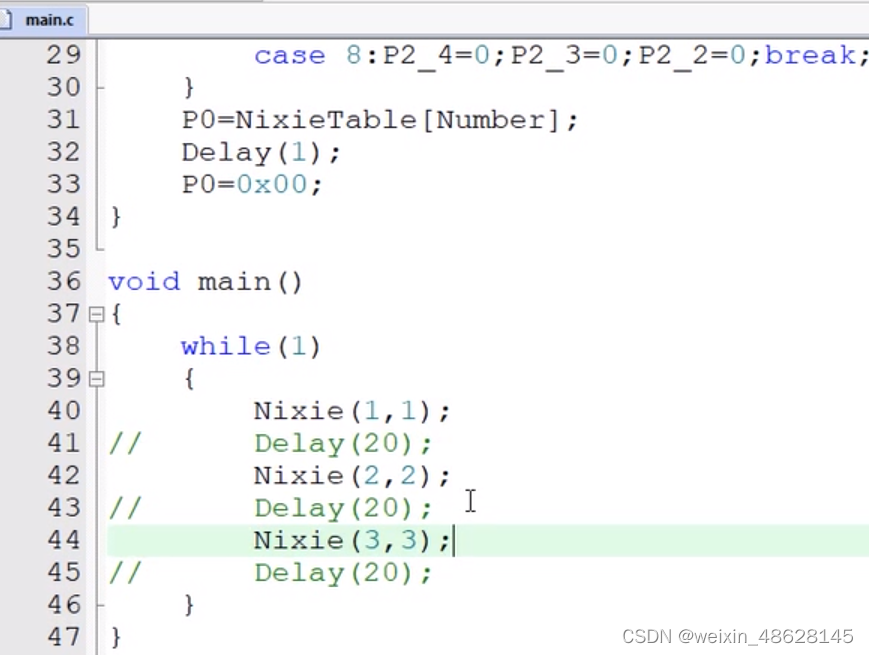

![[双指针] Leetcode 283.移动零和1089.复习零](https://img-blog.csdnimg.cn/img_convert/f1eaf0bc09739753935a317dfb2e5ad8.png)

